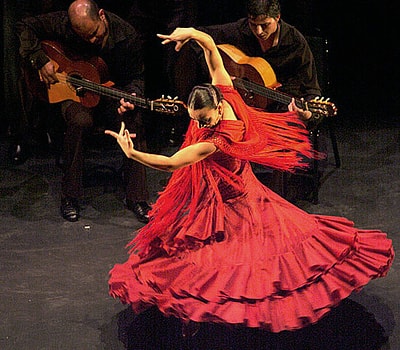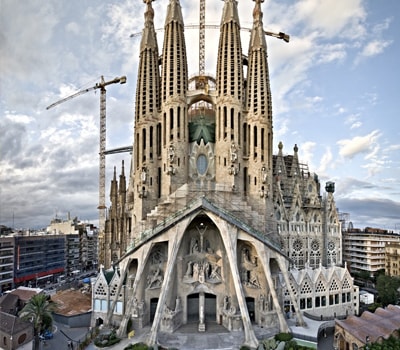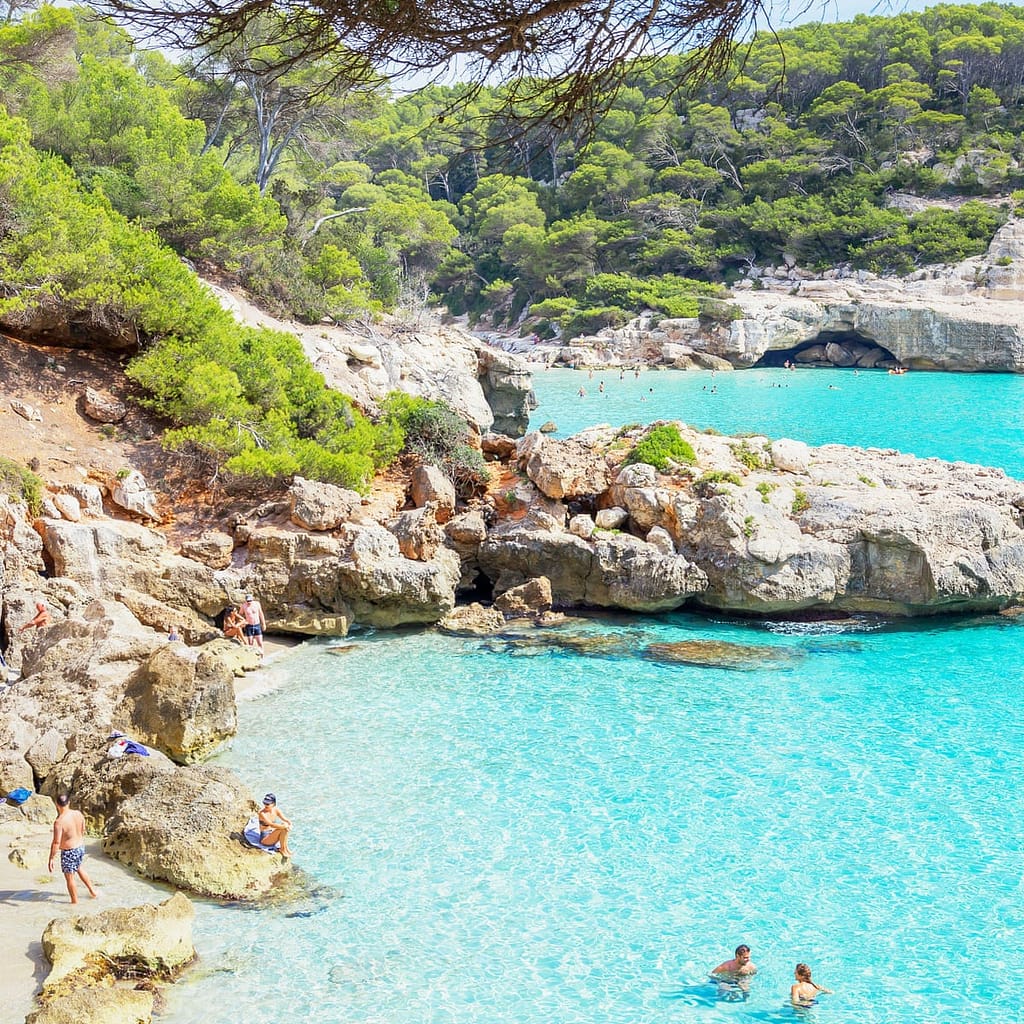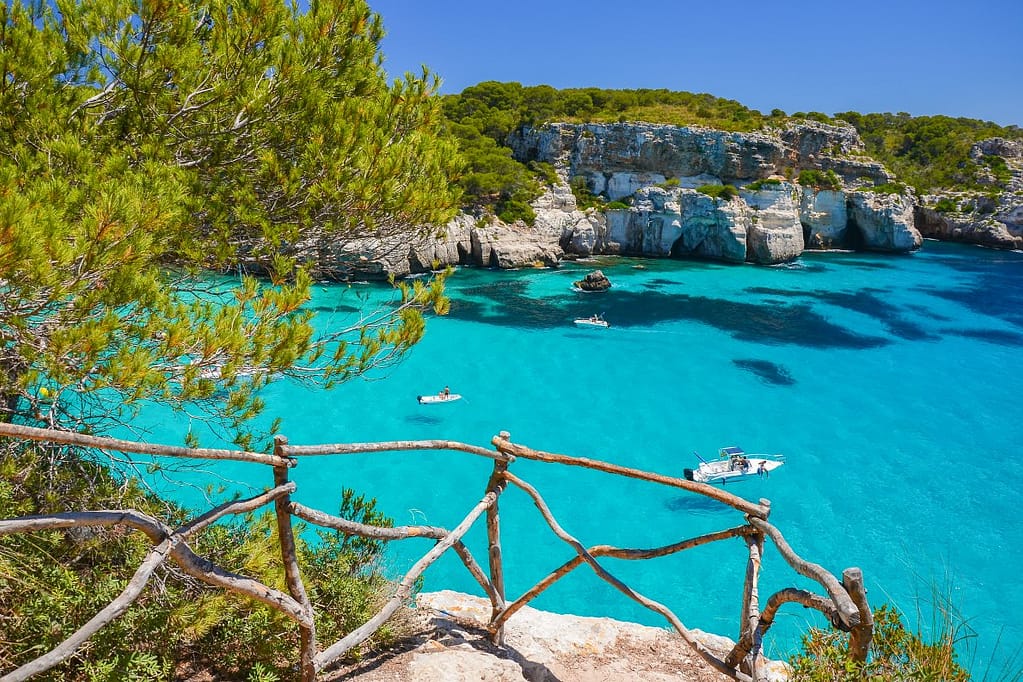Spain is known for its vibrant culture and rich history. It’s famous for its beautiful landscapes and tasty cuisine.
Spain captivates with its diverse attractions. From lively festivals to historic landmarks, Spain offers a unique charm. Flamenco music and dance echo through its streets, while the aroma of paella fills the air. Visitors often marvel at the architectural wonders, like Gaudí’s masterpieces in Barcelona.
The country’s sunny beaches are perfect for relaxation. Spanish traditions, such as bullfighting and tapas, intrigue many. Its art scene, featuring legends like Picasso, adds to its cultural wealth. Spain’s warm hospitality makes travelers feel at home. With so much to explore, Spain remains a top destination for many. Discovering what makes Spain special promises a memorable adventure.
Rich History
Spain is best known for its rich history. This history spans thousands of years and is marked by the influence of diverse civilizations. These civilizations have left a lasting impact on Spain’s culture and architecture. From ancient civilizations to the medieval era, Spain’s history is a fascinating journey through time.
Ancient Civilizations
Ancient civilizations flourished in Spain long before its modern era. The Iberians were among the first to settle in Spain. They were known for their distinctive art and pottery. Later, the Phoenicians established trading posts along Spain’s coast. They brought their maritime expertise and culture.
The Greeks also influenced Spain, particularly in the region of Catalonia. They traded extensively and founded colonies. The Carthaginians came next, led by Hannibal during the Punic Wars. Their presence in Spain was significant, especially in the southeastern regions.
------------------------------------------------------------
Book Your Next Europe Experience
Book Your Next Europe Experience
------------------------------------------------------------
Medieval Era
The medieval era transformed Spain’s landscape and culture. The Visigoths ruled Spain after the fall of the Roman Empire. Their rule lasted until the early 8th century. The Muslim Moors then conquered Spain, marking a new epoch.
During Moorish rule, Spain saw advancements in science, architecture, and agriculture. The Alhambra in Granada is a testament to Moorish architectural brilliance. The Reconquista began in the 11th century, aiming to reclaim Spain from the Moors. It culminated in 1492 with the fall of Granada.
The medieval era also saw the rise of powerful Christian kingdoms. Castile and Aragon emerged as dominant forces. Their union in 1469 created the foundation for modern Spain. This era laid the groundwork for Spain’s golden age in the 16th century.

Credit: globalcastaway.com
Art And Architecture
Spain’s art and architecture captivate many visitors. Its rich history and diverse influences create a unique blend of styles. From ancient Roman structures to modernist masterpieces, Spain offers a visual feast for art lovers and architecture enthusiasts.
Famous Museums
Spain hosts some of the world’s most renowned museums. The Prado Museum in Madrid is home to masterpieces by Goya, Velázquez, and El Greco. It is a must-visit for art enthusiasts.
The Reina Sofia Museum showcases modern art. It houses Picasso’s famous painting, “Guernica.” This museum also features works by Dalí and Miró.
Barcelona’s Picasso Museum celebrates the artist’s early works. It provides insight into his development and genius. These museums offer a deep dive into Spain’s rich artistic heritage.
Iconic Buildings
Spain’s iconic buildings reflect its diverse architectural styles. The Sagrada Familia in Barcelona is a stunning example of modernist architecture. Designed by Antoni Gaudí, it continues to inspire awe with its intricate details.
The Alhambra in Granada represents Islamic architecture at its finest. This palace and fortress complex showcases beautiful tilework and gardens.
Seville’s Alcázar is another architectural gem. This royal palace blends Moorish and Renaissance styles. It is known for its stunning courtyards and lush gardens.
The Guggenheim Museum in Bilbao is a modern marvel. Designed by Frank Gehry, its unique design has transformed the city’s landscape. These iconic buildings highlight Spain’s architectural diversity and creativity.
Delicious Cuisine
Spain is renowned for its diverse and flavorful cuisine. The country’s culinary delights attract food lovers from around the world. Spain’s dishes are rich in tradition and history, making its cuisine truly unique.
Traditional Dishes
Spain boasts many traditional dishes. Paella is one of the most famous. This dish is made with rice, seafood, and vegetables. Gazpacho is another classic. It is a cold tomato soup perfect for hot days. Tortilla Española, also known as Spanish omelette, is a popular choice. It consists of eggs, potatoes, and onions.
Churros con chocolate is a beloved dessert. These fried dough pastries are dipped in thick chocolate. Tapas are small appetizers served in bars. They can include olives, cheese, and ham.
Popular Ingredients
Spain’s cuisine uses fresh and local ingredients. Olive oil is a staple in Spanish cooking. It adds rich flavor to many dishes. Garlic and onions are commonly used. They enhance the taste of various meals.
Tomatoes are essential in Spanish recipes. They are used in sauces and soups. Peppers are another key ingredient. They can be sweet or spicy, adding depth to dishes. Seafood is abundant in Spain. Fish and shellfish are featured in many coastal recipes.
Spices like saffron and paprika are frequently used. They give dishes vibrant color and unique taste. Spain’s cuisine is a celebration of fresh and flavorful ingredients.

Credit: statushomes.com
Festivals And Celebrations
Spain’s charm lies in its lively festivals and celebrations. Renowned for vibrant events like La Tomatina and San Fermín, the country radiates energy and culture. Each festival showcases Spain’s rich traditions, attracting visitors from around the world.
Spain is a country that bursts with color and energy, especially during its festivals and celebrations. These events are a true reflection of the Spanish spirit, combining tradition, passion, and a touch of the unexpected. Whether you’re looking to get a little messy or feel the adrenaline rush, Spain offers unique experiences that are hard to find elsewhere. So, are you ready to dive into the heart of Spanish festivities?La Tomatina
Imagine yourself in a small town, surrounded by thousands of people, all ready to hurl ripe tomatoes at each other. That’s La Tomatina for you! Held annually in Buñol, this festival is all about fun and camaraderie. It starts with participants trying to grab a ham from a greased pole. Once the ham is down, the tomato fight begins! There’s something liberating about letting loose in such a playful chaos. You might find yourself laughing uncontrollably, covered in tomato pulp. And here’s the beauty of it—there are no winners or losers, just shared joy. Would you ever dare to dive into such a deliciously messy tradition?Running Of The Bulls
If you’re after something thrilling, Pamplona’s Running of the Bulls is a must-see. Held during the San Fermín festival in July, this event attracts adrenaline seekers from around the globe. Participants run ahead of a group of bulls through the narrow streets of Pamplona. It’s dangerous, exciting, and certainly not for the faint-hearted. The atmosphere is electric. As you stand on the sidelines, you can feel your heart race with every thundering hoof. There’s a sense of shared adventure among those who dare to run. And while safety is a concern, the experience is unparalleled. Would you ever find yourself swept up in the excitement, chasing the thrill of the bulls? Spain’s festivals are not just events; they’re invitations to live in the moment. They push you to experience life differently. So, which Spanish festival would you put on your bucket list?Flamenco Dance And Music
Spain is best known for its vibrant Flamenco dance and music. Flamenco showcases passionate movements and soulful guitar rhythms. The dance’s intense emotion captivates audiences worldwide.
Flamenco Dance and Music captivate the world with fiery passion and rhythm. This traditional Spanish art form blends song, guitar, and dance seamlessly. Its roots lie deep in Spanish culture, symbolizing emotion and storytelling. Flamenco’s allure draws tourists to Spain, eager to experience its vibrant performances.Origins Of Flamenco
Flamenco traces back to the Andalusian region of Spain. It emerged in the 18th century among marginalized communities. The Romani people, along with Moors and Jews, influenced its creation. Flamenco’s origins are a mix of various musical traditions. Each culture added unique rhythms and styles. This fusion created the rich sound we hear today. The art form was initially passed down orally. Today, its history is cherished and preserved across generations.Modern Performances
Modern Flamenco has evolved while keeping its essence. Contemporary artists blend traditional elements with new influences. This creates fresh and exciting performances for audiences. Flamenco shows are popular in cities like Seville and Madrid. These performances are vibrant and full of energy. Skilled dancers mesmerize with their footwork and expressions. Their movements tell stories of love, sorrow, and joy. Flamenco music complements the dance with its soulful melodies. The guitar and voice bring depth and emotion to each performance. Flamenco remains a cherished cultural gem in Spain.
Credit: statushomes.com
Beautiful Landscapes
------------------------------------------------------------
Book Your Next Europe Experience
Book Your Next Europe Experience
------------------------------------------------------------
Spain is known for its diverse and stunning landscapes. From golden beaches to towering mountains, the scenery is breathtaking. Travelers can enjoy the natural beauty of Spain’s varied regions.
Beaches And Coastlines
Spain boasts some of the most beautiful beaches in the world. The Mediterranean coast offers clear waters and sandy shores. The Costa del Sol and Costa Brava are famous for their picturesque settings. The beaches are perfect for swimming, sunbathing, and water sports.
On the Atlantic coast, Galicia has rugged cliffs and stunning views. The Canary Islands provide volcanic landscapes and unique black sand beaches. Spain’s coastlines cater to all types of beach lovers.
Mountain Ranges
Spain’s mountains are equally impressive. The Pyrenees offer majestic peaks and lush valleys. Hiking and skiing are popular activities in this region. The Sierra Nevada, located in Andalusia, has the highest mountains in mainland Spain. It is a great destination for winter sports.
The Picos de Europa, located in the north, feature dramatic limestone formations. This area is ideal for mountaineering and exploring nature. Spain’s mountain ranges provide spectacular views and outdoor adventures.
Sporting Excellence
Spain is a country of rich culture and history. But it also boasts an impressive record in sports. Its athletes have achieved greatness in various disciplines. Let’s dive into Spain’s sporting excellence.
Football Legacy
Spain’s football legacy is legendary. Spanish football clubs like FC Barcelona and Real Madrid are world-famous. They have won numerous national and international titles. These clubs have produced some of the greatest players in history. Think of names like Lionel Messi and Cristiano Ronaldo.
Spain’s national team is also a powerhouse. They won the FIFA World Cup in 2010. They also secured the UEFA European Championship in 2008 and 2012. Their style of play, known as “tiki-taka,” is admired worldwide. It emphasizes short passing and movement. Football is deeply ingrained in Spanish culture. It unites people and brings immense pride to the nation.
Tennis Champions
Spain is also renowned for its tennis champions. Rafael Nadal is a name that stands out. He is one of the greatest tennis players of all time. Nadal has won multiple Grand Slam titles. His dominance on clay courts is unmatched. He is often called the “King of Clay.”
Other Spanish tennis stars have also shined. Players like Garbiñe Muguruza and Carlos Alcaraz have made their mark. They have won prestigious titles and brought glory to Spain. Tennis courts across the country echo with their victories. The dedication and hard work of these athletes inspire many young talents.
Spain’s sporting excellence is evident in its football and tennis achievements. The country continues to produce world-class athletes. They bring pride and joy to their nation. Spain’s legacy in sports will inspire future generations.
Distinctive Regions
Spain is a country rich in culture and diversity. Each region boasts unique traditions and landscapes. From vibrant cities to peaceful countryside, Spain offers a varied tapestry. This diversity makes Spain a fascinating place to explore. Let’s delve into two of its most distinctive regions.
Catalonia
Catalonia lies in the northeast of Spain. Barcelona, its capital, is a vibrant city. It boasts stunning architecture by Antoni Gaudí. The Sagrada Familia is a must-see landmark. Catalonia is known for its unique language, Catalan. This region has a strong cultural identity. Festivals like La Mercè highlight its lively traditions. Catalonia’s coastline, Costa Brava, offers beautiful beaches. Its cuisine features delicious dishes like paella and tapas. Catalonia is a blend of modernity and tradition.
Andalusia
Andalusia is in the south of Spain. It is famous for flamenco music and dance. The region’s Moorish heritage is evident in its architecture. The Alhambra in Granada is a stunning example. Andalusia’s capital, Seville, is vibrant and full of life. Known for its colorful festivals, Seville captivates visitors. The cuisine here includes gazpacho and jamón ibérico. Andalusia’s warm climate and stunning landscapes attract many. Its white-washed villages offer picturesque scenes. The region’s history and culture are deeply rooted.
Frequently Asked Questions
What Is Spain’s Best Known For?
Spain is best known for its rich history, vibrant culture, delicious cuisine, beautiful beaches, and lively festivals like La Tomatina and Running of the Bulls.
What Is Spain Unique For?
Spain is unique for its vibrant culture, delicious cuisine, historic landmarks, flamenco music, beautiful beaches, and festive traditions like La Tomatina.
What Is Most Popular In Spain?
Spain is famous for its delicious cuisine, vibrant festivals, historic architecture, and beautiful beaches. Flamenco dancing and football are also very popular.
What Is Spain Famous For Producing?
Spain is famous for producing high-quality olive oil, wine, and delicious cured meats like jamón ibérico. The country also excels in producing fresh seafood, vibrant fruits, and vegetables. Spain’s rich culinary heritage showcases its diverse agricultural products.
Conclusion
Spain offers unforgettable experiences. From rich history to vibrant culture, it captivates visitors. The stunning architecture, delicious cuisine, and lively festivals make it unique. Beaches and landscapes provide natural beauty. Spain’s warm hospitality ensures a welcoming atmosphere. A visit promises lasting memories.
Discover what makes Spain truly special.



